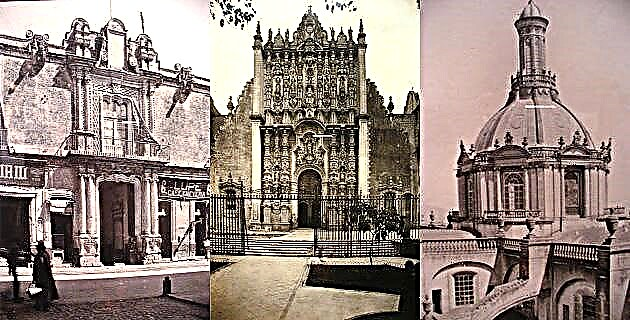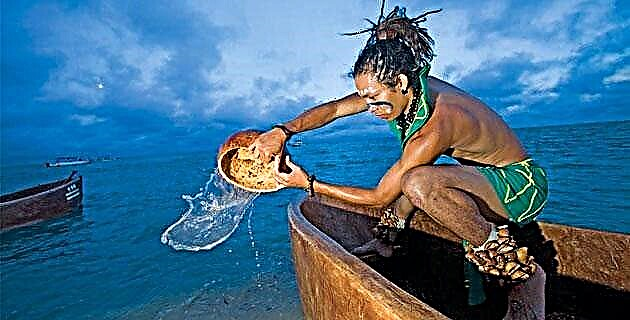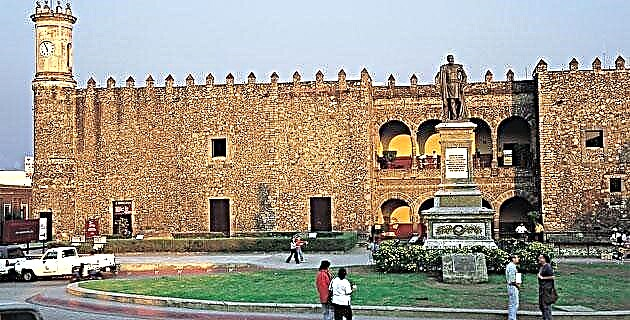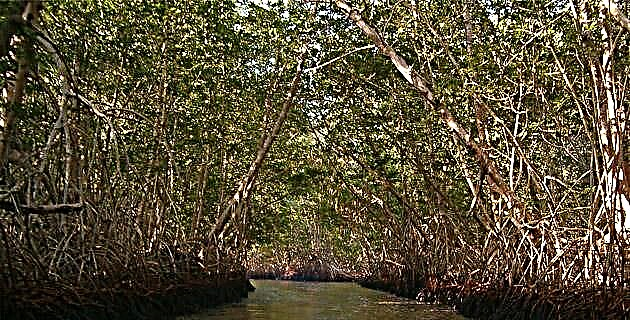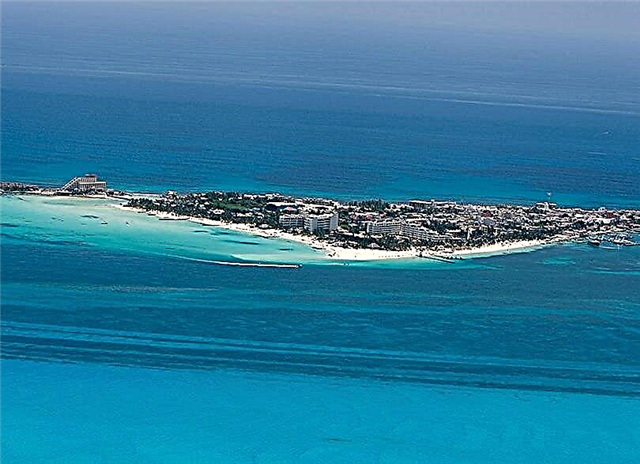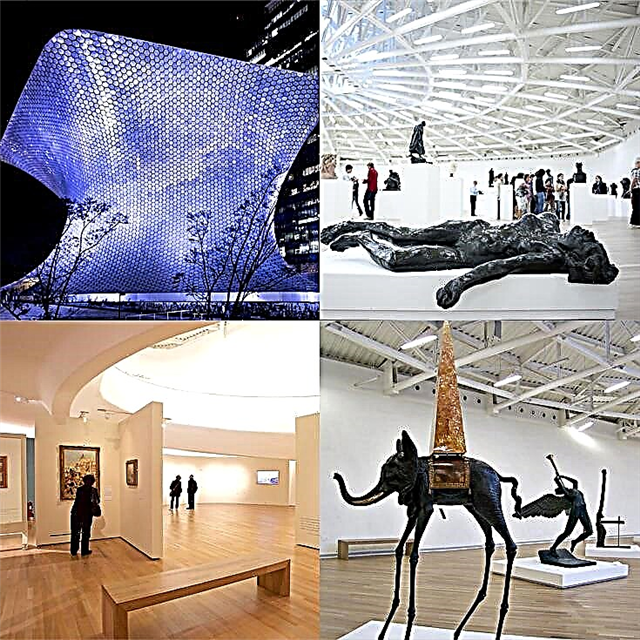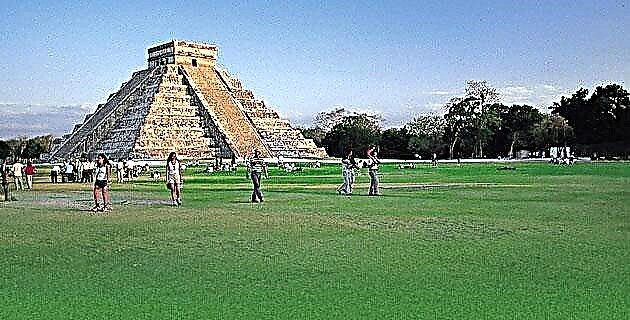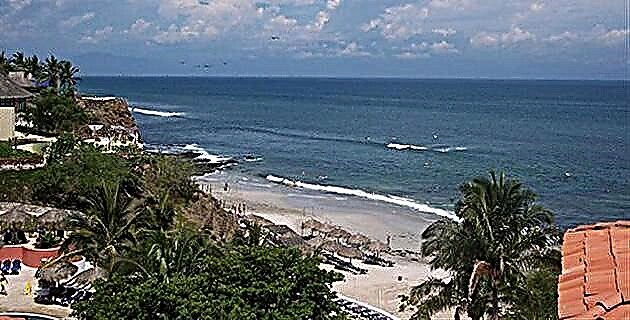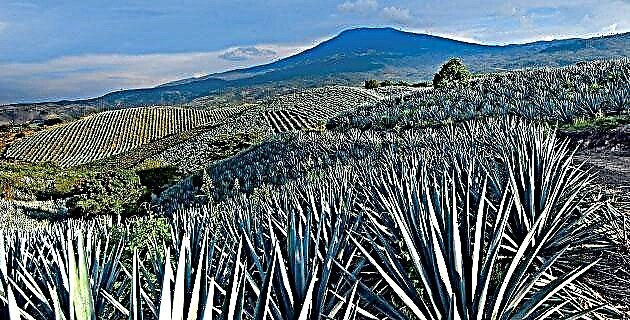
Listed as Cultural Heritage of Humanity by UNESCO in 2006, the agave landscape of Jalisco is the cradle of one of the most representative drinks in Mexico: Tequila. Discover this incredible region!
When I heard on the radio, one day of the month July 2006, that he agave landscape had been recognized in the XXX Assembly of the UNESCO, held in Lithuania, as part of the World Heritage, I was not surprised. It is undoubtedly an exceptional and paradigmatic region that developed and grew accompanying the history of an important region of our country. That landscape that was part of the internal life of the estates producers of tequila for more than 200 years, had transcended onto the world stage to add one more accolade to those it had already earned as a spirit drink.
It is true, and thus it was established, that the agave landscape includes the cultures of the blue plant, distilleries, factories, taverns, clandestine distilleries from the time of the colonial administration, urban settlements of Tequila, Arenal Y Amatitlan, in addition to the archaeological remains of Teuchitlan.
And this is so because the drink recognized today by renowned historians, poets and artists has a long history dating back to the pre-Hispanic world. The cooking of the pineapples gave the ancient settlers the satisfaction of tasting the pieces of "mezcal" that left a pleasant flavor on the palate, a fact that can be verified today by tasting the slices of the cooked pineapples still presented as sweet or as a candy in some markets in the region. Ora bien, in the 1950s, these small pieces of pineapples were sold in markets in Mexico City. Today you can try one of these when you visit a tequila production factory.
A great transformation
When the peninsulares realized that these stalks contained sugars that could form alcohol, they undertook the task of cooking the pineapples to later ferment the juices and obtain the must that would later go through the distillation system that the Arabs had brought to Spain. So they got a drink called mezcal wine. In the case of agave known by the scientific name of tequilana Weber, has become famous in the world as a cultural phenomenon called tequila.
A journey of the senses
Today as before, it is very attractive to make the trip to get to know the agave landscape. Just about 60 kilometers west of Guadalajara, the first agave fields appear that even invade the roads and highways.
The fame of tequila spread throughout the world and there are very few who today resist toasting with this crystalline and transparent drink that, when shaken, breaks into pearls on the surface of the glasses. The old factories that still towards the middle of the last century (1940) produced between 500 and 1,000 liters of tequila newspapers were insufficient. The national demand, driven from the eighties by the recognition that the drink reached in various capitals of the world, broke the last remaining barrier and the caballitos broke into the best places and houses of the wealthy sectors of the whole country.
Today this cultural phenomenon known as agave landscape has thousands of visitors who are excited to take road number 15 and discover places of the tequila heart such as Arenal, Amatitlan and the Magical Town of Tequila.
It is worth getting there and visiting the Tequila Canyon, if you are lucky and if you get a good guide, you can even find out about the miracles of Santo Toribio Romo, martyr of the Cristero war. Upon arriving at Tequila a must see is the National Museum of Tequila, where you can learn about the production process in detail, as well as curious facts and a surprising collection of bottles of tequila. There are those who prefer to make the route from Guadalajara in train, addressing the Tequila Express, which provides the service on Saturdays and Sundays to go directly to the most important factories, learn about the process, taste the white and the reposado, receive the smell of the must, admire the old factories and the new distillation columns.
A getaway can be special for those who want to accompany the drink of blue agave with the magic of Jalisco kitchen products. How to resist an original birria, a pozole and delicious authentic regional toasts, in the middle of a traditional atmosphere that ends up subjugating the most skeptical.
There are those who are more adventurous and ask about the so-called Guachimontones, for that wonderful place explored, over 30 years, by a tireless American archaeologist named Phil C. Weigand. Laid bare, Teuchitlan It has become a magnet for all those who are interested in the search for the origins of Mexican cultures. Due to its geographical position, Teuchitlan is part of agave landscape and it is evident that it was in these parts that the ingenuity of the settlers discovered the agave pineapple and its first cooking to obtain the juices of the plant.
Seeing images of the agave landscape on television with the camera moving at high speed over them is exciting, admiring the photographs of the agave fields with the blue of the plants and the red of the earth is a visual experience that is second only to the images that Figueroa's camera left us, but walking or jogging in search of the horizon among the rows of agaves that form capricious geometric figures in all directions, can be an unforgettable experience, in any case it is about living in real time that sometimes it is already unattainable.
World cultural landscape
The agave landscape was entered in the category of cultural landscapes in the XXX Assembly of the UNESCO World Heritage Committee. This universal protection measure covers the region of tequila valley, which includes 36,658 hectares, the crops of the blue plant, distilleries, factories, taverns, clandestine distilleries from the time of the colonial administration, urban settlements of Tequila, Arenal and Amatitlán, in addition to the archaeological remains of Teuchitlán.
Tequila Express
Is a train consisting of four wagons with capacity for 68 people. It leaves Guadalajara on Saturdays and Sundays from 10:00 a.m. to 8:00 p.m. Tickets can be purchased at the Guadalajara National Chamber of Commerce, Services and Tourism, in the Centro Histórico, Chapala, Cocula and Tequila delegation. Also on Ticketmaster. It is recommended to buy them a month and a half in advance. More information on the phone: 01 (333) 880 9099 ext. 2217 and 01 800 503 9720.
Teuchitlan
It had its best moment between the years 200 to 400 of our era and declined around the year 900. It has been difficult to establish the characteristics of its settlement, but for the visitor to know the circular structures of its construction, the evidence of flyers and the magnificent games ball, are enigmatic because it is a unique case within the cultures of the Classic of Mesoamerica and Western Mexico.


